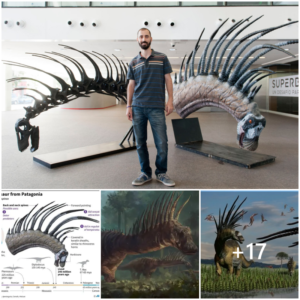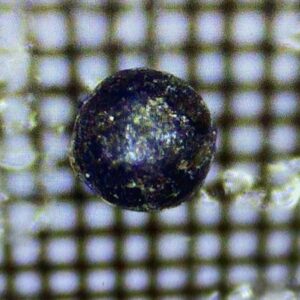Alien life on other planets is a possibility that can’t be ruled out according to a top British astronomer. Astronomer Royal and former president of the Royal Society Lord Martin Rees of Ludlow says that scientists could not say whether aliens were ‘likely or unlikely’. However, fans of UFO theories shouldn’t celebrate just yet as Lord Rees also says he doesn’t believe in stories of extraterrestrial encounters.
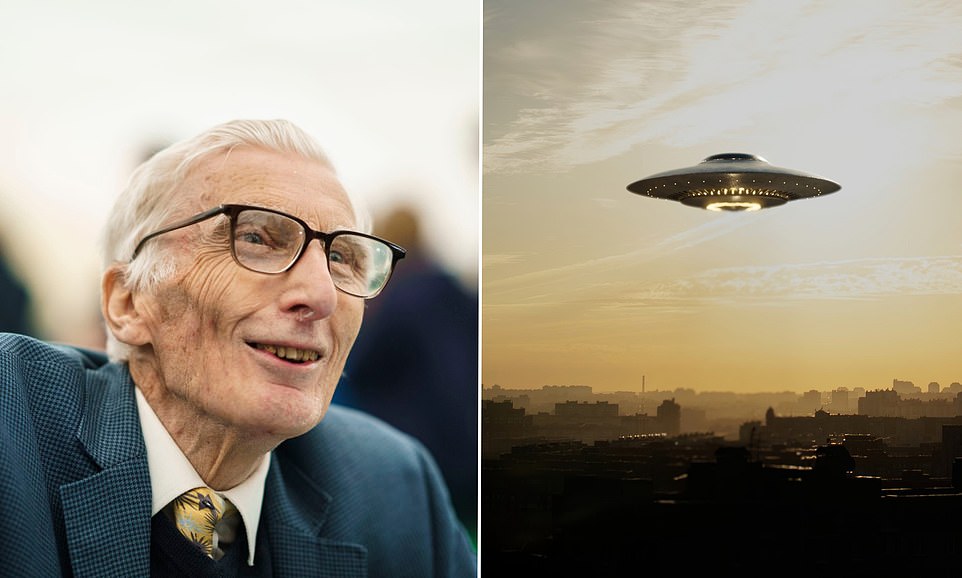
Speaking on the Rosebud podcast, Lord Rees says it is unlikely that aliens exist in the way that movies and media might suggest. However, he says: ‘I think if you asked most astronomers to bet they would bet that lots of these other planets on them.’ The 83-year-old astrophysicist is best known for his research into quasars, a type of supermassive black hole, which helped disprove the ‘steady state’ theory of the universe.
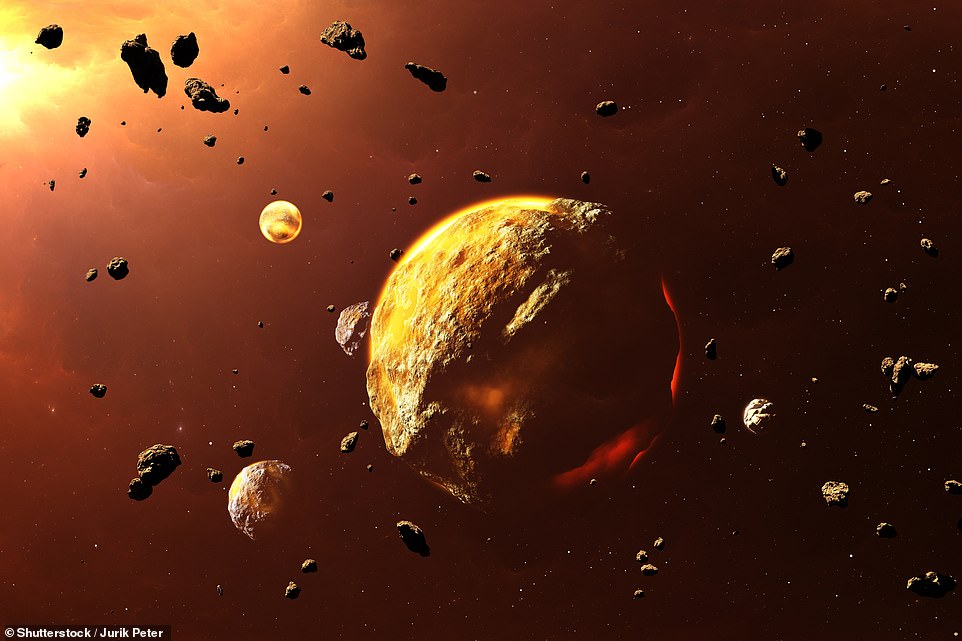
However, speaking last week, the Astronomer Royal – meaning he advises the monarch on astronomical matters – thinks the ‘most exciting’ topic in astronomy is the search for extraterrestrial life. Lord Rees says the existence of aliens is ‘a fascinating question’ and that scientists ‘can’t say whether it’s likely or unlikely’. But, the Yorkshire-born astronomer still doesn’t believe that aliens have visited Earth in the way shown by movies like ‘Close Encounters of the Third Kind’.
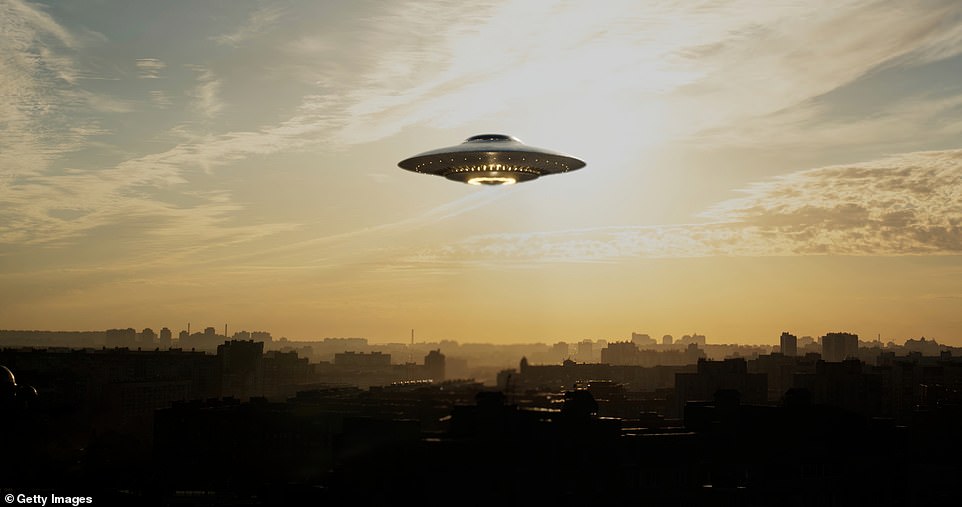
He says: ‘I get letters from people who think they’ve been visited by the aliens or taken away by them. I don’t believe most of those claims. If the aliens made a huge effort to come here would they have just met one or two well-known cranks, maybe made a corn circle and gone away again? It seems unlikely.’ Likewise, while Lord Rees says that most astronomers would bet that alien life exists on some distant world, it probably won’t be anything like we imagine. He adds: ‘Whether they will have anything like aliens with eyes on stalks, as it were, is unlikely.’
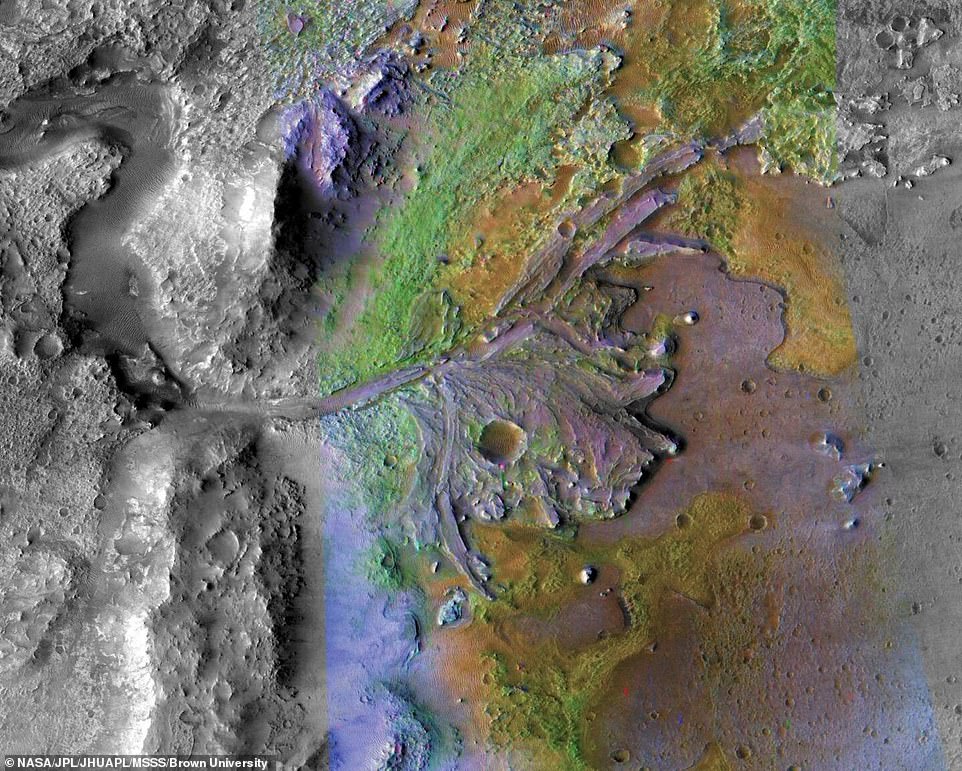
In our own solar system, some scientists believe that we may one day discover traces of alien lifeforms on Mars. Yet, just as Lord Rees suggests, even the most optimistic scientists only hope to discover traces of microbial life. Currently, NASA’s Perseverance rover is collecting samples from the Jezero Crater, an area believed to be a dried-up lakebed. The rover recently identified sentiment layers in the crater’s rock layers, confirming theories that cold, arid, lifeless Mars was once warm, wet and perhaps habitable.
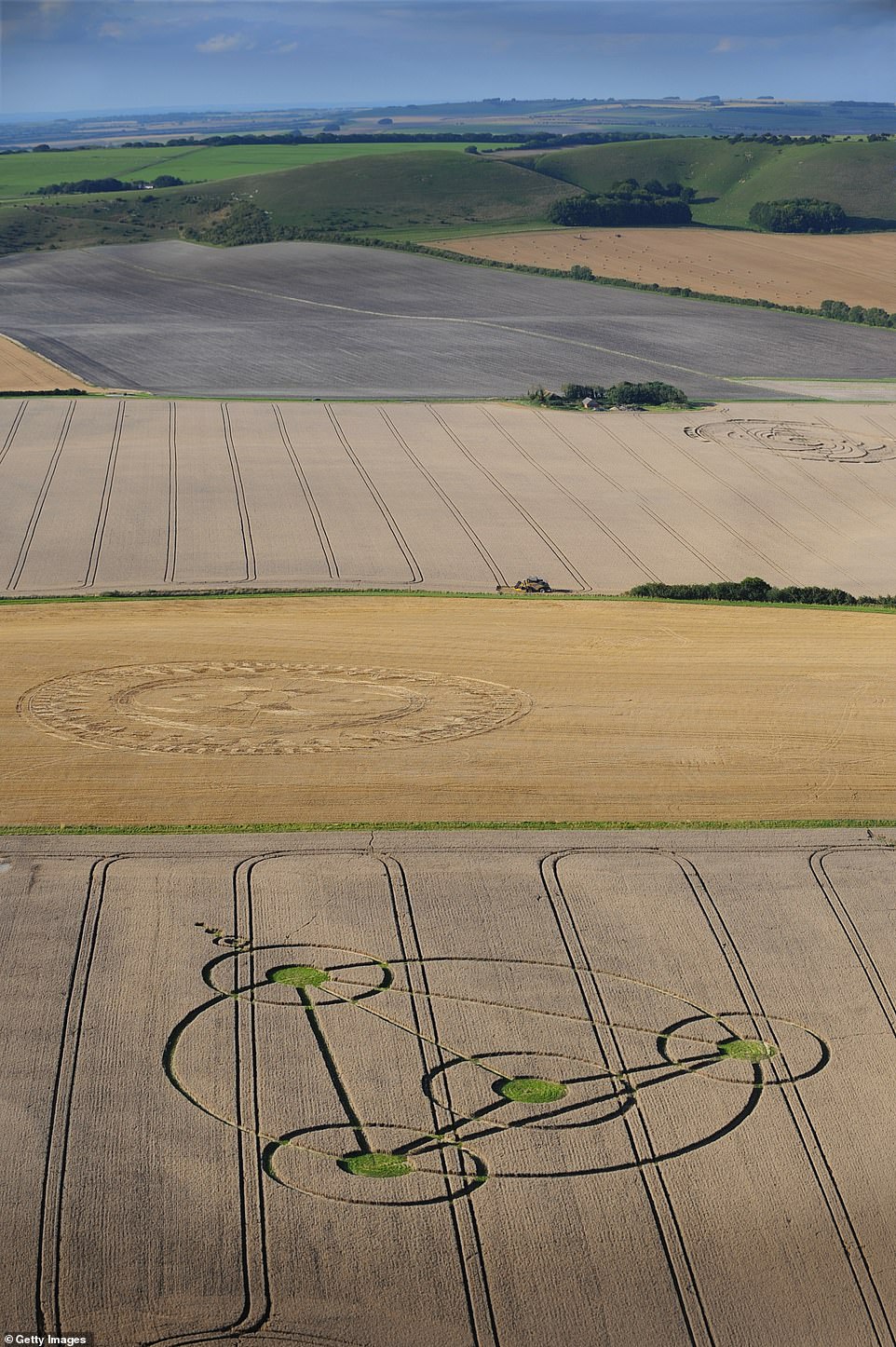
The Mars Sample Return mission is currently being slowed by a lack of funding, but if the samples do return some hope they could show signs of ancient life. Lord Rees, however, believes that the signs of life could be found far further away in the atmospheres of exoplanets (planets orbiting stars beyond our solar system). While their great distance from Earth and extreme dimness make them hard to study, exoplanets are considered to be the best contenders for the location of alien life. ‘The exciting thing is that with the latest telescopes, it’s going to be possible to analyse the light from these planets,’ Lord Rees says.
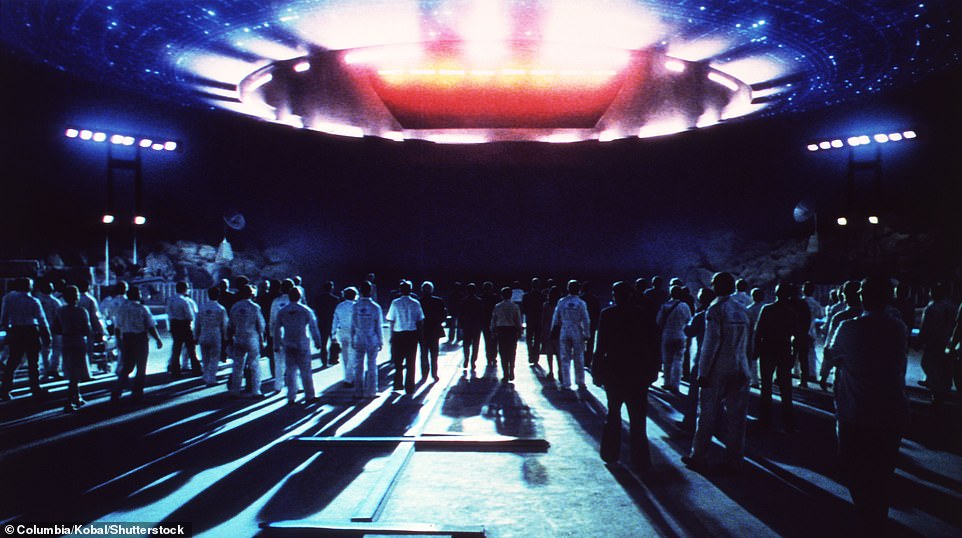
By capturing the faint light which passes through the planet’s atmosphere, scientists are able to determine the chemical composition of those gases. Lord Rees adds: ‘One might find evidence of whether there’s vegetation on it, oxygen in the atmosphere and things of that kind. It will be a clue that it may have a biosphere with light on it.’
Using this technique, astronomers have already discovered a number of planets which could already be home to alien life. In May, NASA discovered an Earth-like planet 40 light years away from Earth which sits within its star’s habitable zone in which liquid water can exist – a key ingredient for life.
Astronomers now plan to analyze the planet, called Gliese 12 b, to determine if it does have an Earth-like atmosphere. However, Lord Rees adds that scientists are only just beginning to understand the chemical processes that give rise to life, which is ‘a big challenge’ for future study. The full interview is available on the podcast Rosebud with Gyles Brandreth.


